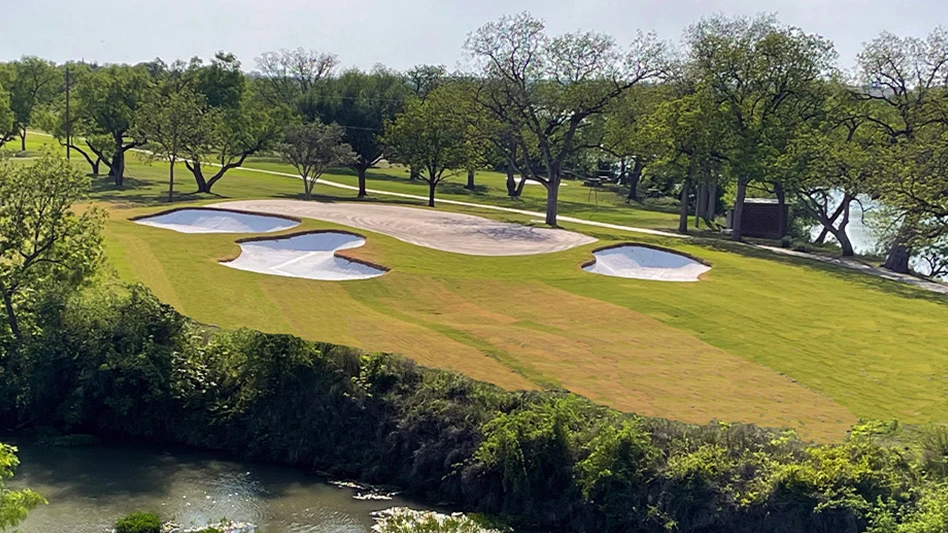
Summer is right around the corner, and while most people look forward to the hot and sunny days, golf course superintendents and their crews often have a different opinion. Summer turf maintenance means long, stressful days that are tough on turf and people. Heat illness and skin damage from exposure to the sun’s intense ultraviolet rays are serious health risks for anyone working outside in the summer. Take measures to protect your skin from the sun’s harmful rays, but keep in mind the level of UV radiation is higher in the summer. Likewise, the body can lose its ability to cool itself in extreme heat, setting the stage for heat exhaustion or heat stroke, which is deadly. Immediate treatment is critical to saving a heat-stroke victim’s life, so train your crew to recognize the symptoms of heat exhaustion (excessive sweating, damp clammy skin, feeling faint or dizzy) and heat stroke (no longer sweating, hot dry skin, nausea, confused, or unconscious) and how to treat heat injuries – move them out of the sun, cool them down, have them drink water or a sports drink, call 911 for heat-stroke victims.
Of course, prevention is always better than treatment. Here are five tips to keep your crew cool, and prevent heat and sun injuries this summer.
- Apply broad spectrum, SPF-30 sunscreen, in the morning, and reapply every 2 hours. Sunscreen not only protects your skin from harmful UV rays, but also helps keeps you cool.
- Take it easy on those first few hot days. Let your body acclimate to summer heat and stress. Gradually increase your work load over 5-7 days, and rest if you start to feel weak or dizzy.
- Pre-hydrate and stay hydrated. Even if you’re not thirsty, drink water – or a sports drink – before, during, and after work. Make sure your crew takes regular water breaks on high-risk days.
- Wear heat protective clothing: wide brimmed hats; lightweight, loose fitting shirts, made of special “hi-tech” breathable materials; and cooling bandanas and vests. They help keep your body temperature from rising to dangerous levels.
- Schedule high-intensity work for the coolest part of the day.

Explore the May 2017 Issue
Check out more from this issue and find your next story to read.
Latest from Golf Course Industry
- PBI-Gordon promotes Jeff Marvin
- USGA investing $1 million into Western Pennsylvania public golf
- KemperSports taps new strategy EVP
- Audubon International marks Earth Day in growth mode
- Editor’s notebook: Do your part
- Greens with Envy 66: A Southern spring road trip
- GCSAA’s Rounds 4 Research auction begins
- Quali-Pro hires new technical services manager





